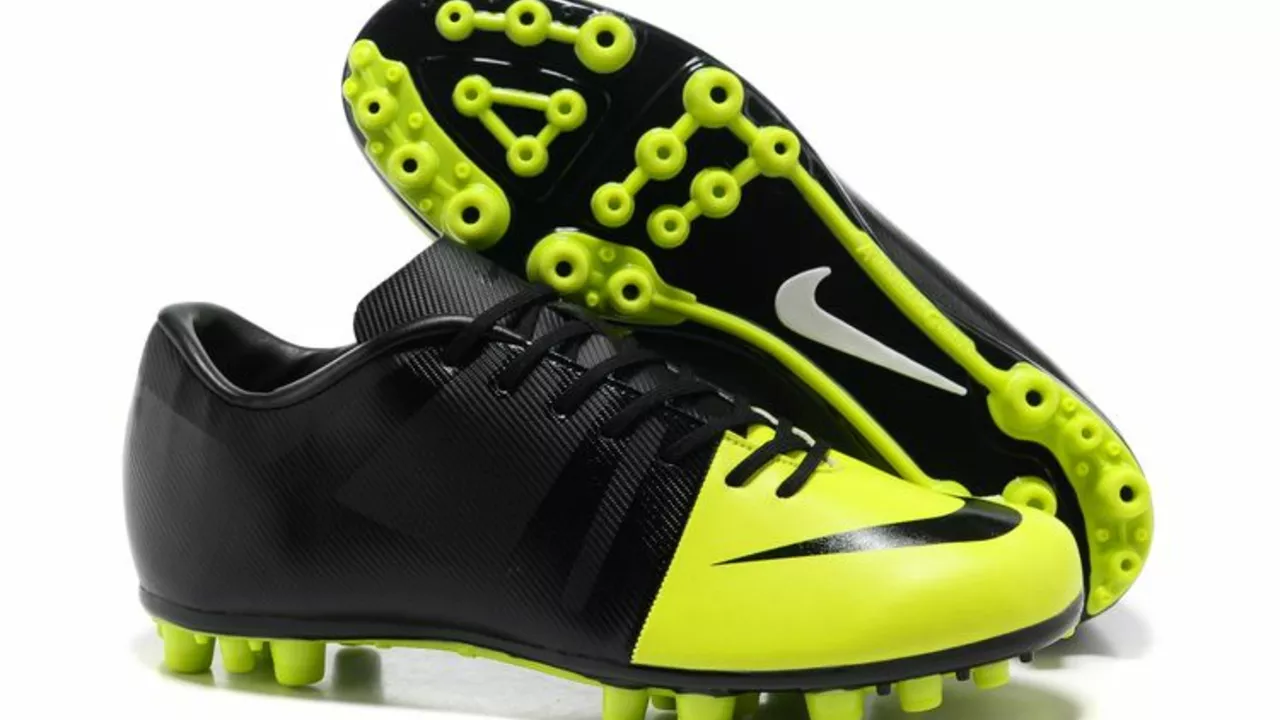Stretching Soccer Shoes: Simple Ways to Keep Them Flexible
Ever bought a new pair of soccer shoes that feel too tight? You’re not alone. Tight shoes can hurt your feet, slow you down, and even cause blisters. The good news is you can stretch them at home with a few easy steps.
Why Stretch Your Soccer Shoes?
Soccer shoes are designed to hug your foot for control, but if they’re a size off they can restrict movement. Stretching creates a little extra room in the toe box and heel, improves comfort, and lets you focus on the game instead of sore feet. It also helps the leather or synthetic material soften over time, so the shoes adapt better to the shape of your foot.
Easy DIY Stretching Methods
1. Wear Thick Socks and Walk. Put on a pair of thick training socks, lace the shoes tight, and walk around your house for 15‑20 minutes. Your body heat and pressure will gradually loosen the material.
2. Use a Shoe Stretcher. If you have a shoe stretcher, insert it into the shoe and turn the knob to widen the toe box or heel. Leave it in overnight. This tool works well on leather and synthetic uppers.
3. Freeze with Water. Fill a zip‑lock bag with water, place it inside the shoe, and freeze it. As the water turns to ice, it expands and gently stretches the shoe. Thaw for a few minutes before removing the bag.
4. Apply Heat. Warm the shoe with a hair dryer for 30 seconds, focusing on tight areas. While it’s still warm, flex the material with your hands or insert a stretcher. Let the shoe cool so it keeps the new shape.
5. Stretching Sprays. Spray a leather conditioner or a dedicated shoe‑stretching spray onto the tight spots. The spray softens the fibers, making them easier to pull.
After you stretch, give the shoes a short break before you wear them for a full match. This lets the material settle and prevents over‑stretching.
Keep in mind that not all shoes respond the same way. Full‑grain leather stretches best, while synthetic uppers may need more gentle methods. If you notice any tears, stop stretching and consider a different size.
Now you have a handful of tricks to make new soccer shoes feel like they were made for your feet. Try one or combine a few, and you’ll be back on the pitch with comfort and confidence.
Do’s and Don’ts: Do test a small area first, especially with sprays or heat. Do stretch gradually; a little each day is safer than a big pull. Don’t use sharp objects to force the shoe open. Don’t soak leather shoes in water—the material can warp.
How Often Should You Stretch? If the shoes feel snug right out of the box, stretch them before the first game. For shoes that get tighter after a few weeks of play, repeat the stretching routine once a month.
Keeping Shoes Flexible Long‑Term: Regularly clean off mud and dirt, apply a leather conditioner, and store them in a cool, dry place. This prevents the material from drying out and becoming stiff, reducing the need for aggressive stretching later.
Remember, the goal isn’t to make the shoes huge but to give just enough room for your toes to wiggle and your heel to sit comfortably. With these simple tips, you’ll extend the life of your soccer shoes and stay focused on the game.

How do I stretch a pair of soccer football cleated shoes?
Alright, my fellow football fanatics, we've all been there - those brand new, shiny soccer cleats that feel like they've been designed for a gnome's feet, right? Well, have no fear because your very own shoe-stretching guru is here to help! First off, we can trick those shoes into expanding by wearing them around the house with a pair of thick socks - it's like giving them a workout. If that's not enough, you can fill a bag with water, stuff it in the shoe, and then pop it in the freezer so the shoe expands as the water turns into ice (seriously, it's science). And if all else fails, you could always take them to a professional cobbler - yes, they still exist! So, give these tips a whirl and turn that hobbit-foot nightmare into a Cinderella dream fit!
Continue Reading
